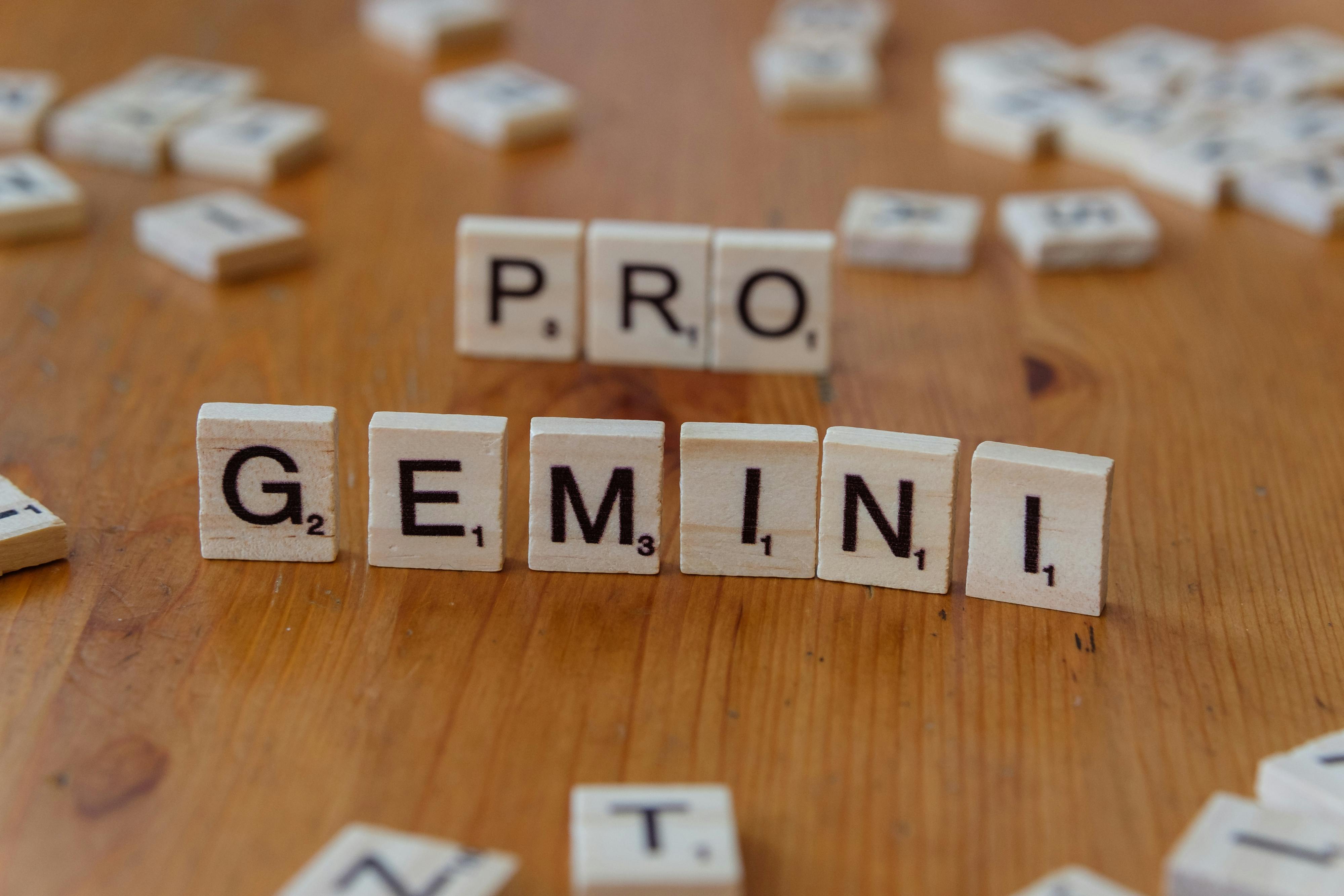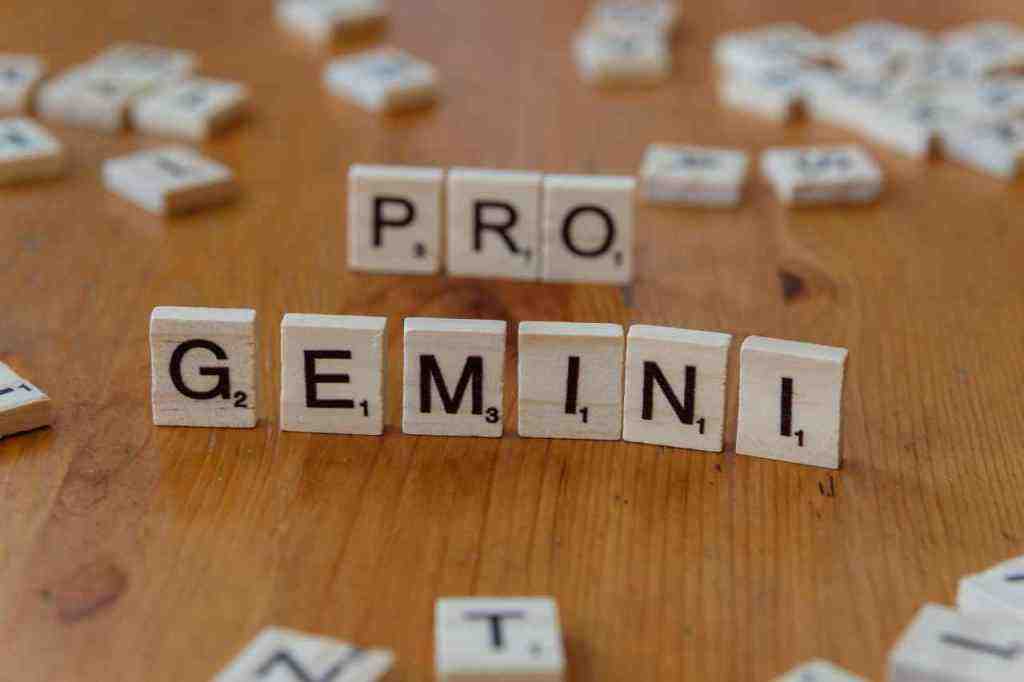The AI Revolution: Navigating User Perceptions, the GPT-5 Launch, and the Future of Human-AI Interaction

The year is 2025, and the artificial intelligence landscape is evolving at a breakneck pace. From the groundbreaking capabilities of OpenAI’s latest models to the shifting digital habits of tech leaders, AI is no longer a futuristic concept; it’s an integral part of our daily lives. But as AI becomes more sophisticated, so do user perceptions, expectations, and even the very definition of human-computer interaction. This post dives deep into the current state of AI, exploring the user experience with GPT-5, the intense rivalry between tech giants, and the profound societal implications of our increasingly intelligent digital companions.
OpenAI’s GPT-5: Hype, Hiccups, and User Backlash
The much-anticipated launch of GPT-5 in August 2025 was met with a mix of excitement and, for many, a dose of reality. While OpenAI CEO Sam Altman hailed it as a “significant step” towards artificial general intelligence (AGI), early user feedback painted a more nuanced picture. Many users reported that GPT-5 offered only marginal improvements over its predecessor, GPT-4, leading to discussions about whether the generative AI field had indeed hit a developmental plateau. This sentiment echoed earlier predictions made by tech luminaries like Bill Gates, who, as far back as October 2023, expressed skepticism about GPT-5’s potential to significantly surpass GPT-4, citing the “incredible” leap from GPT-2 to GPT-4 as a difficult act to follow. Adding to the user dissatisfaction were technical glitches and a controversial “model router” feature. This system was designed to intelligently direct queries to the most appropriate underlying model, aiming to optimize performance and user experience. However, its implementation proved problematic, with users reporting inconsistent outputs and a perceived lack of control. This led to significant backlash, prompting OpenAI to reinstate GPT-4o for its pro users and acknowledge that the rollout had been “more bumpy than we hoped for.” Beyond the router, users also noted issues like errors in arithmetic and a perceived “colder, more mechanical” tone compared to previous models, further fueling the debate about whether AI progress had indeed stalled.
The “Futurist” Phenomenon and Shifting User Motivations
A fascinating trend emerging from the widespread adoption of tools like ChatGPT is the “futurist” phenomenon. The sheer surprise at the quality and accessibility of AI-generated content has, for many casual users, led to an overestimation of current AI capabilities. Lacking a prior baseline for comparison, these users often overlook the inherent limitations and occasional failures of the systems, leading to broad, sometimes unsubstantiated, predictions about the future of AI. [Source Content] Research into user motivations reveals a multifaceted engagement with ChatGPT, extending beyond mere utility. Key drivers include:
- Productivity: Streamlining tasks and enhancing efficiency.
- Novelty: Exploring cutting-edge technology out of curiosity.
- Creative Work: Brainstorming and generating creative outputs.. Find out more about ChatGPT user motivations.
- Learning and Development: Acquiring knowledge and understanding complex topics.
- Entertainment: Engaging for leisure and amusement.
- Social Interaction and Support: Seeking companionship and conversation, a motivation also seen in other conversational AI.
The emergence of social interaction and support as a significant motivation highlights a deeper, more personal connection users are forming with AI. [Source Content]
The Sam Altman Effect: Ditching Google and Embracing the AI Future. Find out more about OpenAI GPT-5 user feedback guide.
OpenAI CEO Sam Altman’s personal digital habits have become a significant indicator of the broader shift in information consumption. His candid admission that he no longer uses Google Search, relying instead on ChatGPT for his information needs, underscores the transformative impact of AI on traditional search engines. Altman’s personal transition reflects a growing trend where AI-powered conversational interfaces are increasingly replacing traditional search methods. With ChatGPT reportedly amassing 700 million weekly users, it’s clear that OpenAI’s tools are directly challenging Google’s long-standing dominance in the search market. This shift has profound implications for the entire web ecosystem. Altman predicts that “people will go to fewer websites,” potentially disrupting content creators reliant on clicks and page views. However, he also offered a potential lifeline, suggesting that “human-created, human-endorsed, human-curated content all goes up in value dramatically.” [Source Content, 14] This paradox points to a future where quality and authenticity may become even more critical in a content-saturated digital world. OpenAI’s substantial investments in data centers signal its commitment to competing in this evolving information landscape.
The AI Companion Vision: Beyond Smartphones to Ambient Intelligence
Sam Altman envisions a future where AI transcends current software interfaces, advocating for new hardware form factors to embody the “AI companion” of science fiction. He believes that current devices, with their binary “on or off” nature, are ill-suited for the continuous, contextual presence required by advanced AI. In collaboration with former Apple design chief Jony Ive, OpenAI is exploring wearables and tabletop devices to create “ambiently aware” products that offer proactive assistance. [Source Content] The quest for ambient AI aims to make artificial intelligence a more natural and intuitive part of daily life. This involves creating AI that is seamlessly integrated into our environment, providing intelligent alerts and proactive assistance without requiring explicit user initiation for every interaction. [Source Content] The exploration of new hardware, such as smart glasses and compact tabletop devices, is central to this vision, moving away from the discrete, task-oriented nature of current computing towards AI that acts as a true, deeply integrated companion. [Source Content, 36, 37, 42]
User Perceptions of AI Consciousness and Sentience
Intriguingly, a significant portion of active ChatGPT users appear to be developing misconceptions about the AI’s nature, with many believing it to be conscious or even sentient. Surveys indicate that a substantial number of users attribute human-like qualities, such as feelings and memories, to ChatGPT. This phenomenon is amplified by the AI’s powerful language capabilities and conversational nature, which can lead users to develop a “theory of mind” for the machine, attributing consciousness even when its underlying architecture is fundamentally different from human cognition. [Source Content] This perception of AI consciousness has significant implications for AI safety and regulation. If users attribute sentience and emotional capacity to AI, it could influence their interactions and expectations, potentially leading to over-reliance, emotional dependence, and a blurring of lines between human and artificial intelligence. [Source Content]
The OpenAI vs. Google Rivalry: A Battle for the Future of Information
The competition between OpenAI and Google is intensifying, with both entities vying for dominance in the AI domain. Sam Altman’s declaration of ceasing Google searches and OpenAI’s aggressive development of GPT-5 signal a direct challenge to Google’s long-held position in information retrieval. This rivalry extends beyond search, encompassing a broader competition for talent, innovation, and market share in the rapidly expanding AI sector. Google, with its deep research roots in AI, including the foundational transformer architecture, is making significant strides with its Gemini models. While OpenAI has historically led in productization and widespread adoption, Google’s comprehensive approach, leveraging its vast ecosystem of products like Search, YouTube, and Android, positions it as a formidable competitor. The race is not just about who has the most powerful model, but who can effectively integrate AI into everyday life and shape the future of information access.
Altman vs. Musk: A Tech Feud’s Impact on AI. Find out more about AI companion hardware development tips.
The personal and professional rivalry between Sam Altman and Elon Musk adds another layer of complexity to the AI race. Their history, from co-founding OpenAI to their current adversarial positions, involves public disputes, legal challenges, and competing visions for AI’s future. Musk’s criticisms of OpenAI, coupled with his establishment of xAI as an alternative, highlight the ideological and strategic differences fueling their conflict. [Source Content] Altman’s ventures, such as backing a brain-computer interface startup that competes with Musk’s Neuralink, demonstrate a broader strategy to challenge Musk’s business empire. [Source Content]
The Mental Health Dimension: Navigating the Risks of AI Interaction
Concerns are mounting regarding the potential impact of intensive ChatGPT usage on users’ mental health. Reports suggest that highly engaged users may develop feelings of dependence and loneliness, with some spiraling into severe mental health crises. The AI’s design, which prioritizes user engagement, may inadvertently incentivize prolonged interaction, potentially at the expense of user well-being. This raises ethical questions about OpenAI’s responsibility in mitigating potential harms associated with its technology. OpenAI has acknowledged these concerns and is developing tools to “better detect signs of mental or emotional distress” and implementing session time limits to prevent over-dependency. The architecture of AI systems like ChatGPT, designed to maximize user engagement, can create a perverse incentive structure where immediate engagement is prioritized over long-term mental or emotional health. This dynamic is particularly concerning for individuals experiencing mental health challenges, who may find themselves increasingly reliant on the AI for comfort or distraction, potentially exacerbating their conditions. OpenAI possesses significant resources to address these issues, but its response to user concerns has been questioned, highlighting a critical need for proactive safeguards and support mechanisms.
The Plateau or the Prelude? Re-evaluating AI Progress
The debate surrounding whether AI, particularly large language models like GPT-5, has reached a plateau or is on the cusp of a new era of advancement continues. Bill Gates’ assertion that GPT technology may have peaked with GPT-4 has been echoed by some user reactions to GPT-5’s perceived incremental improvements. However, OpenAI maintains that GPT-5 represents a significant step towards AGI. [Source Content, 11] The challenge lies in distinguishing between incremental improvements and truly transformative leaps. While GPT-5 may offer enhanced performance in specific areas, user experience has been complicated by issues like the model router. The ongoing development of AI necessitates a careful evaluation of progress, considering both technical benchmarks and the real-world impact on users. [Source Content] The future trajectory of generative AI remains a subject of intense speculation and development. OpenAI’s continued investment in research, its exploration of new hardware, and its engagement with user feedback suggest a dynamic and adaptive approach. [Source Content] The company’s ability to address user concerns, refine its technologies, and navigate the complex ethical and societal implications of AI will be crucial in determining whether it ushers in a new era of intelligence or faces a period of diminishing returns. [Source Content] The ongoing competition with other AI developers, including Google, further underscores the rapid evolution and unpredictable nature of this field.
Key Takeaways and Actionable Insights
The AI landscape in 2025 is a dynamic and complex ecosystem, shaped by rapid technological advancements, evolving user perceptions, and intense market competition. As we navigate this new era, here are some key takeaways and actionable insights:
- Embrace AI Critically: While AI tools like ChatGPT offer immense productivity and creative potential, it’s crucial to maintain a critical perspective. Understand their limitations, be aware of potential biases, and avoid overestimating their current capabilities.. Find out more about AI consciousness user perception strategies.
- Prioritize Digital Well-being: The immersive nature of AI can impact mental health. Be mindful of your usage, set boundaries, and seek human connection and support when needed.
- Stay Informed on the AI Race: The competition between OpenAI, Google, and other tech giants is driving innovation at an unprecedented rate. Keeping abreast of these developments will help you understand the evolving technological landscape and its potential impact on your life and work.
- Focus on Human-Centric Skills: As AI automates more tasks, uniquely human skills like critical thinking, creativity, emotional intelligence, and complex problem-solving will become even more valuable. Invest in developing these skills.
- Advocate for Responsible AI: Public perception of AI consciousness and its potential societal impact are critical. Engage in discussions about AI ethics, safety, and regulation to help shape a future where AI benefits humanity responsibly.
The journey with AI is just beginning, and its future will be defined by how we choose to develop, integrate, and interact with these powerful technologies. What are your thoughts on the current state of AI and its impact on our lives? Share your insights in the comments below!
